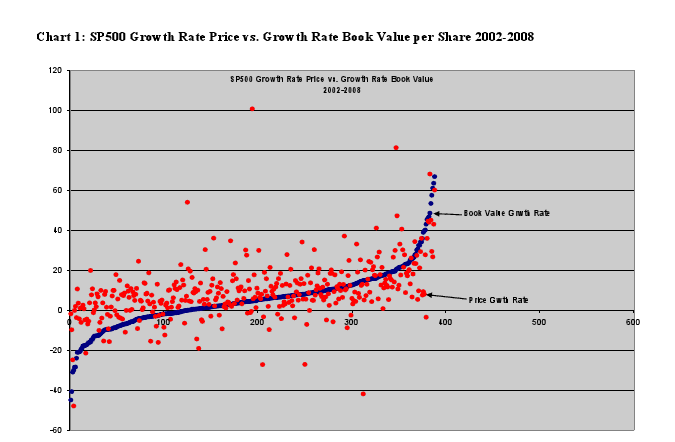Net Operating Losses & Deferred Tax Assets Tutorial
Content

A deferred tax asset is an asset to the Company that usually arises when the Company has overpaid taxes or paid advance tax. A deferred tax asset might be compared to rent paid in advance or a refundable insurance premium. While the business no longer has the cash on hand, it does have its comparable value, and this must be reflected in its financial statements. These types of accounts include, among others, accounts payable, accounts receivable, goodwill, deferred tax liability and future interest expense. Passthrough tax provisions only occur for jurisdictions that have income-based tax at the entity level. Thus, calculating the ASC 740 provision for income taxes usually concerns only C-corporations. If a company has overpaid its taxes, the excess taxes paid can be used to offset future taxes.
Because the depreciation method chosen by Company XYZ would result in at first a larger deduction than the method used by tax authorities, their income would be higher than what would be considered the taxable income. In this case, the temporary difference would be added as a liability to the balance sheet. A deferred tax liability occurs when a business has a certain amount of income for an accounting period and that amount is different from the taxable amount on their tax return. When the amount is less than the estimated tax, an entry is placed on the balance sheet in the form of a liability. Temporary differences between GAAP and tax amounts will reverse in the future. For example, consider an asset with a useful life of 10 years, no salvage value, and a cost of $100,000. A company uses bonus depreciation rules to claim $100,000 in tax depreciation during the property’s first year in service.
Justification for deferred tax accounting
In many cases, tax basis may be less than the respective book carrying value, given accelerated cost recovery measures in a number of taxing jurisdictions (e.g., immediate expensing or bonus depreciation for federal income tax purposes in the US). In a fixed asset example where the book carrying value exceeds the corresponding tax basis, the deferred tax liability can represent the tax consequences of recovering or disposing of the asset at its book carrying value. In the case of disposal, a sales price equal to the Deferred Tax Asset Definition book carrying value would result in a taxable gain, given the lower corresponding tax basis. Temporary differences between book (GAAP/IFRS) accounting rules and tax accounting rules give rise to deferred tax assets and deferred tax liabilities . For corporations, deferred tax liabilities are netted against deferred tax assets and reported on the balance sheet. For pass-through entities like S corporations, partnerships, and sole proprietorships, the net appears on a supporting schedule on your business tax return.
- These future expenses arise due to temporary differences between book and tax value for certain items.
- From Year 1 to Year 7, the straight-line depreciation is higher than the tax paid, which indicates that the company claims a tax depreciation deduction in excess of the cost of equipment.
- Deferred tax is created when tax payable according to income tax law is more than the tax payable per books of accounts as per company law.
- For federal tax, examples include interest on state and municipal bonds (tax-exempt income), entertainment expenses , and fines .
- This can be in the form of deferred taxes, which are taxes that have not been paid yet, or deferred tax liabilities, which are taxes that will be due in the future.
- A deferred tax asset is income taxes that are recoverable in a future period.
Purchase price adjustment , also sometimes called an adjustment to net working capital, which is intended to reflect changes to the financial condition of an acquired company between the estimate when the price is set and the true condition when the transaction closes. This article addresses https://online-accounting.net/ the unintended consequences of including deferred tax assets and deferred tax liabilities in the purchase price adjustment. This Statement requires that a deferred tax liability or asset be adjusted in the period of enactment for the effect of an enacted change in tax laws or rates.
Analyzing the Effects of a Deferred Tax Handling
If items are chargeable or allowable for tax purposes but in different periods to when the income or expense is recognised then this gives rise to temporary differences. Temporary difference do give rise to potential deferred tax, but the rules on whether the deferred asset or liability is actually recognised can vary. This results in zero difference between GAAP and tax income over the long term. Each year after, the company recognizes $10,000 GAAP depreciation expense and $0 tax depreciation expense, reversing the temporary difference by $10,000. By the end of year 10, the asset has zero basis, and the company has recognized $100,000 of depreciation expense for both book and tax purposes. Deferred income tax expense represents the anticipated future tax expense from activity in past or current periods.

Deixe um comentário